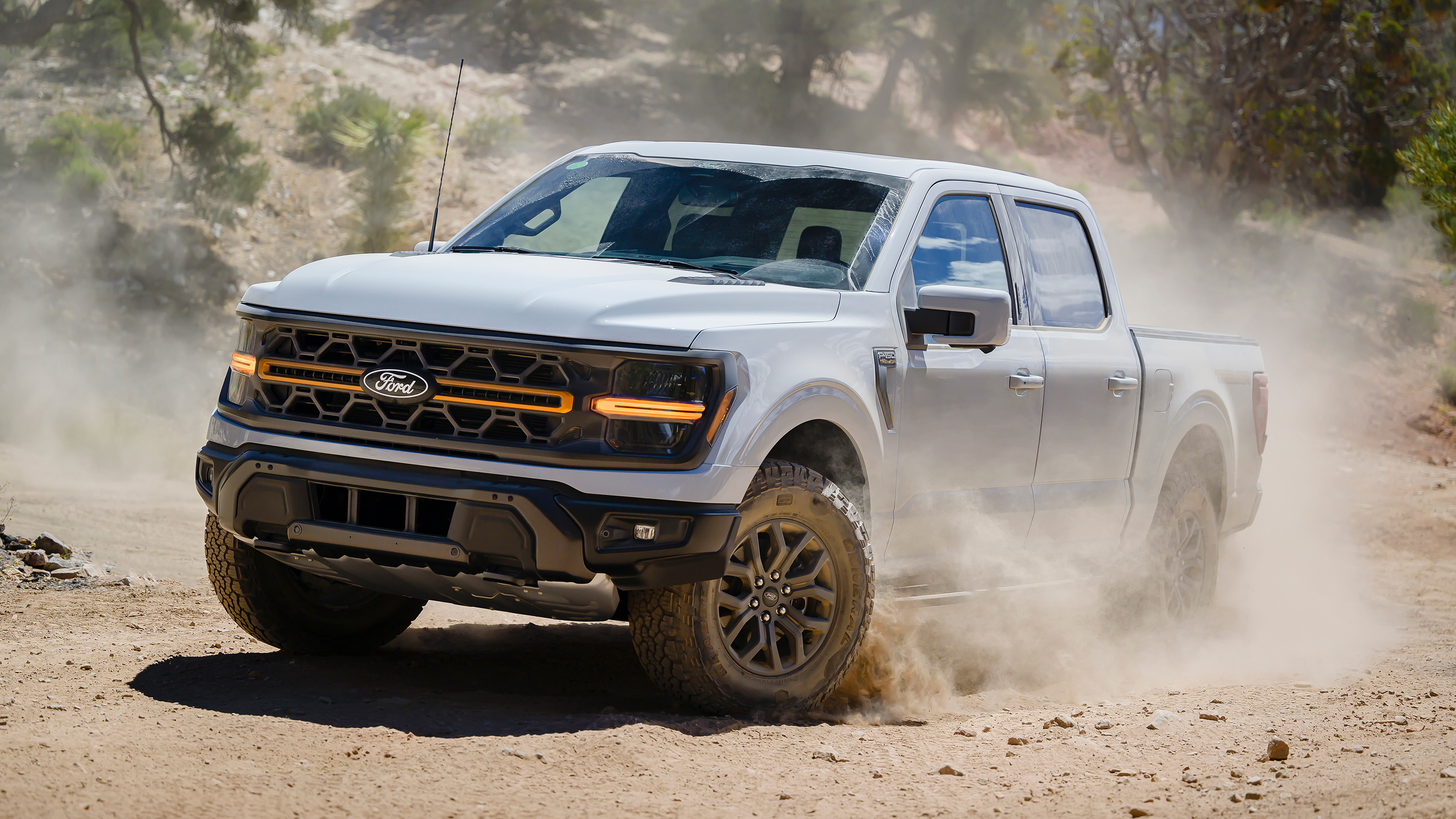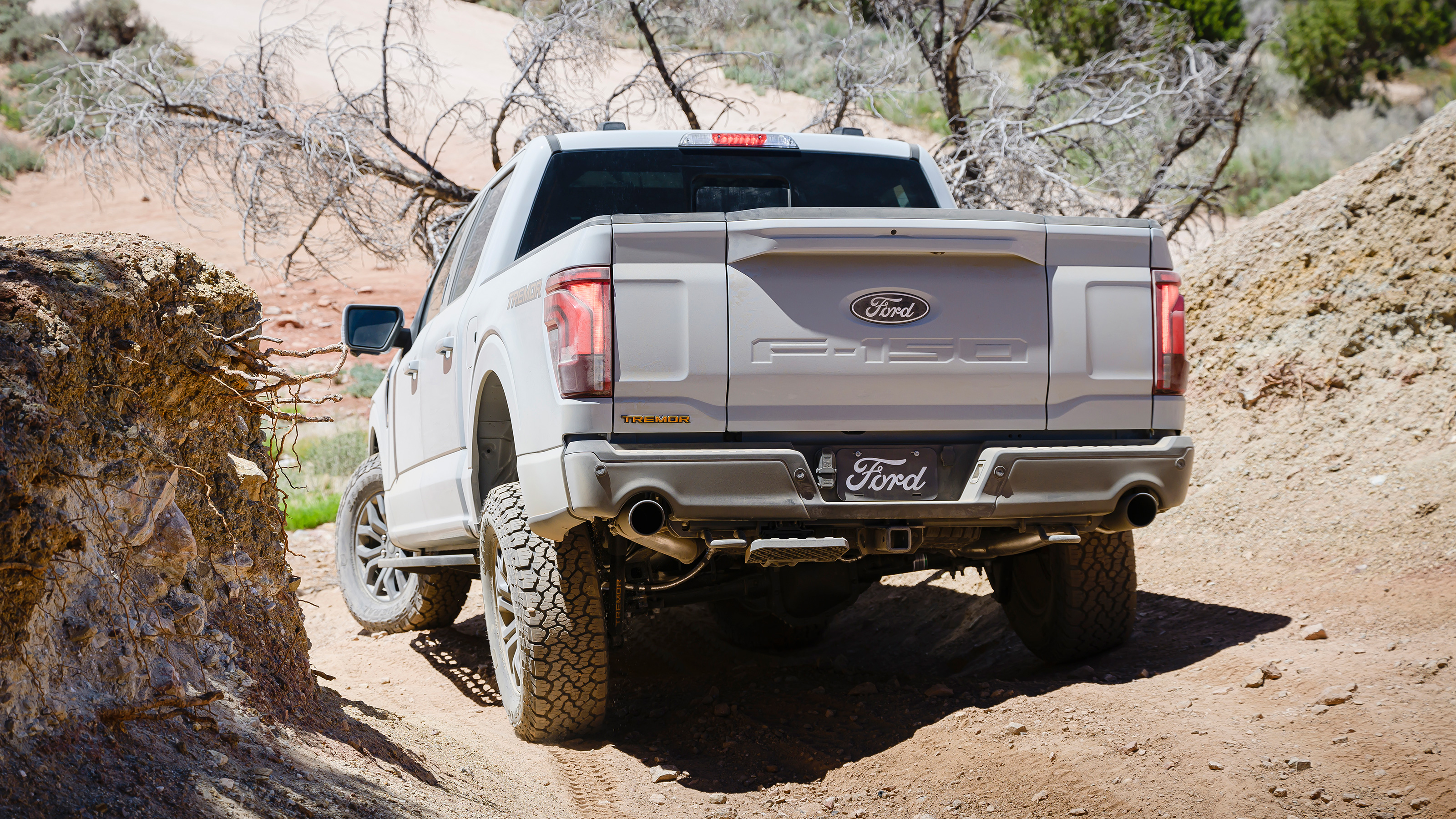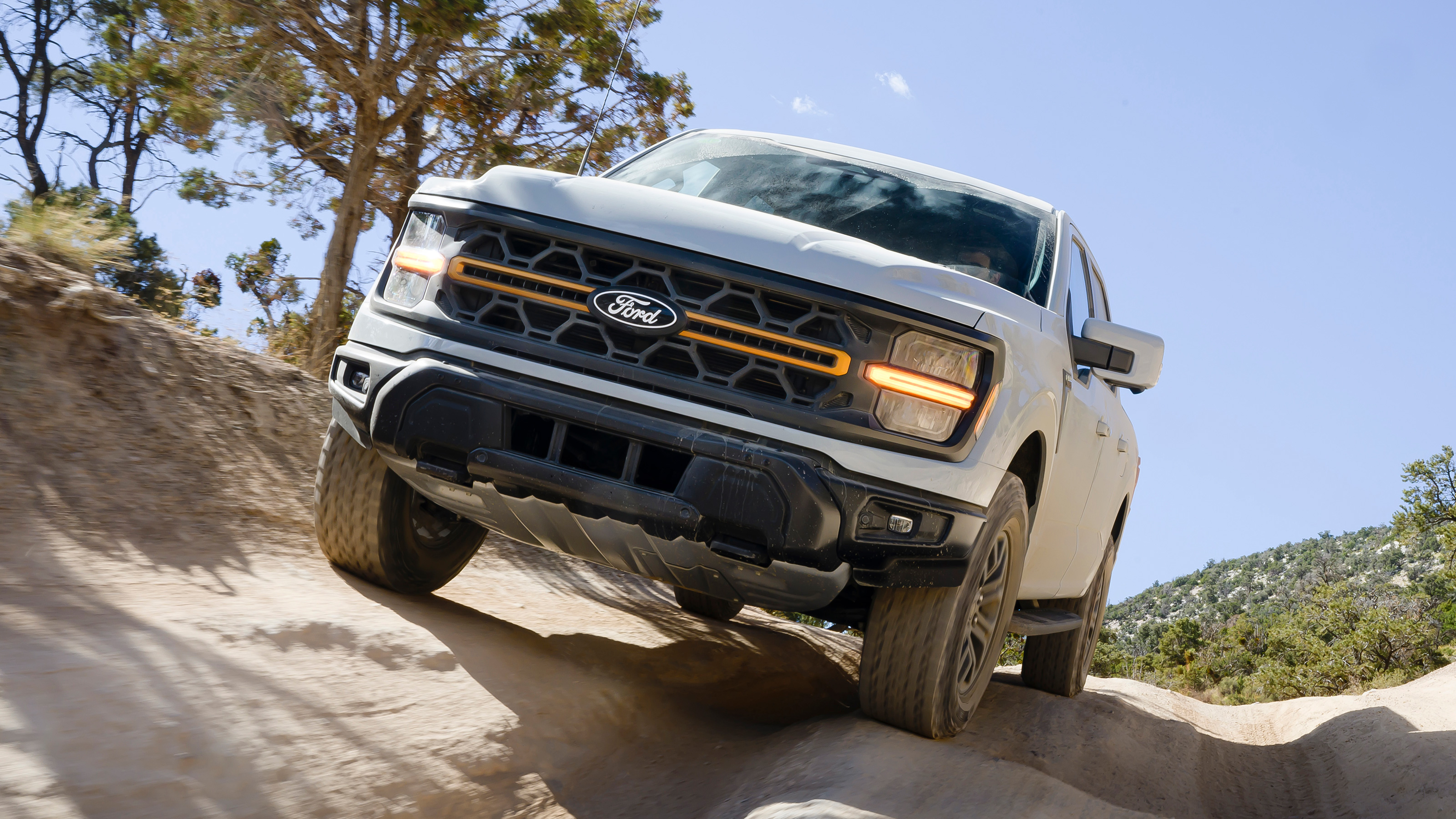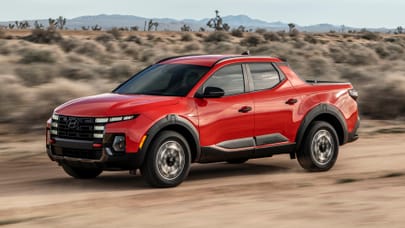
Ford F-150 (US) review
Good stuff
Myriad of configurations, substantial off-road chops, fit for a zillion use cases
Bad stuff
Pricey (even without added options), won't physically fit into small towns, pedestrian nightmare
Overview
What is it?
It’s the Ford F-150, America’s best-selling truck by a country mile. The full-fat pickup has topped sales charts for almost 50 straight years now. Yes, it’s been selling like hotcakes for damn near half a century.
For something that’s been around for that long, you’d be right in imagining that year-to-year updates are minimal. While there aren’t sweeping changes like the difference between the standard truck and the all-electric Lightning, there are a number of new features coming into the 2024 vehicle.
Alright, truck me up, fam.
You got it. For the uninitiated, the F-150 is a body-on-frame pickup truck built on a high-strength steel frame with a military-grade aluminum alloy body. Let all that America sink in. There are seven trim levels of the standard truck which include various equipment packages depending on how you’re looking to outfit your workhorse. Levels start at the base XL and scale up to King Ranch and Platinum trims which raise the interior luxury along with available options.
There’s also the Tremor trim that’s geared more for off-roading, and sits as a halfway point between them and the standalone sport model, the F-150 Raptor.
Body styles include regular cabs or high-capacity SuperCrew cabs paired with three different bed sizes, though there are some limitations; you can’t order the smallest cab with the shortest box and you can’t get the biggest box with the largest cab.
Enough body talk, I want power! POWER!
For 2024, Ford introduces a new standard power unit, a 2.7-liter EcoBoost V6; a twin-turbo engine that whips up 325hp and 400lb ft of torque. Next up is the classic 5.0-liter V8 that pushes out 400hp and 410lb. This is then surpassed by the 3.5-liter twin-turbo V6 that produces the same horsepower but ups the torque to 500lb ft. Finally, there’s a hybrid version paired with the 3.5-liter that delivers 430hp and 570lb ft.
Power goes through a 10-speed automatic gearbox to the rear wheels as standard, though most configs have an electronically controlled 4x4 system, along with a couple transfer case options depending on what you might need to tow/plow.
WARBLEGARBLEPOWEERRRR!
Yes indeed. The hybrid system is particularly interesting. Ford calls it ‘PowerBoost’ which blends the EcoBoost turbo with a 1.5kWh battery and an electric motor, providing a bit of extra grunt along with a number of benefits beyond driving. In particular, it affects what’s available from the Pro Power Onboard system, which runs equipment from the truck itself.
All the trucks have a 2.0kW output that can run accessories like speakers, a mini fridge and the like, but the PowerBoost-equipped vehicles include an inverter to take things to the next level. A 2.5kW level is standard for the hybrid, which Ford equates to 85 hours of runtime, during which you can run tools and such if you have four straight days to build a house. The top level is 7.2kW which can supply around 32 hours of power for welders.
Yes, these are odd metrics, but this is America’s truck, dammit, and its utility will be measured by how many football tailgate parties it can host in between bouts of metalwork.
TRUUCCKK! MOAR TRUCCKK!
Okay, calm down. There are a number of technology conveniences for sure. Notable gizmos include the latest version of BlueCruise, Ford’s sometimes hands-free driving assist, a standard 12-inch capacitive LCD touchscreen in the cabin, and an opt-in stolen vehicle service that automatically alerts the local fuzz if the car detects a possible break-in.
Less tech-y but more engineer-y is the pro access tailgate that turns what used to be a heavy flop of metal to a modular tool for easier truck bed access. It includes a swing door that opens up to 100 degrees so that stuff can be accessed from the ground, and there are a number of grab points and optional steps to make the rear easier to climb.
What's the verdict?
At this point, the F-150 has established itself more as a tool than a car. It’s an indispensable piece of equipment for recreational and work activities that owners swear by, and for good reason. As part of a gear set, it’s well equipped for payload and hauling, and when you get there, it can act as a generator/command center for whatever the situation demands. If it were made anywhere other than The States, it would be by Victorinox and it would be called the Swiss Army Sledgehammer.
In terms of getting there, the F-150 can brute force any issue it can’t outsmart, making it quite versatile beyond the pavement. In particular, the Tremor trim is a highly satisfying off-the-shelf overlander that can traverse with the best of them, overshadowed solely by its powerlifting sibling, the F-150 Raptor.
The brawn may outshine the brains, but the F-150 is well-rounded in that regard as well. Even in terms of off-roading, there are a number of systems in place like trail-turn assist and trail control to maneuver the big truck in tight spaces, or to crawl up or down craggy hillsides with relative ease. It doesn’t take much time at all with the F-150 to see exactly why so many Americans can’t live without one.
The Rivals
Trending this week
- Car Review
BMW 1 Series









